A DATE with the DIVARTY
by CPT Douglas E. Snelling
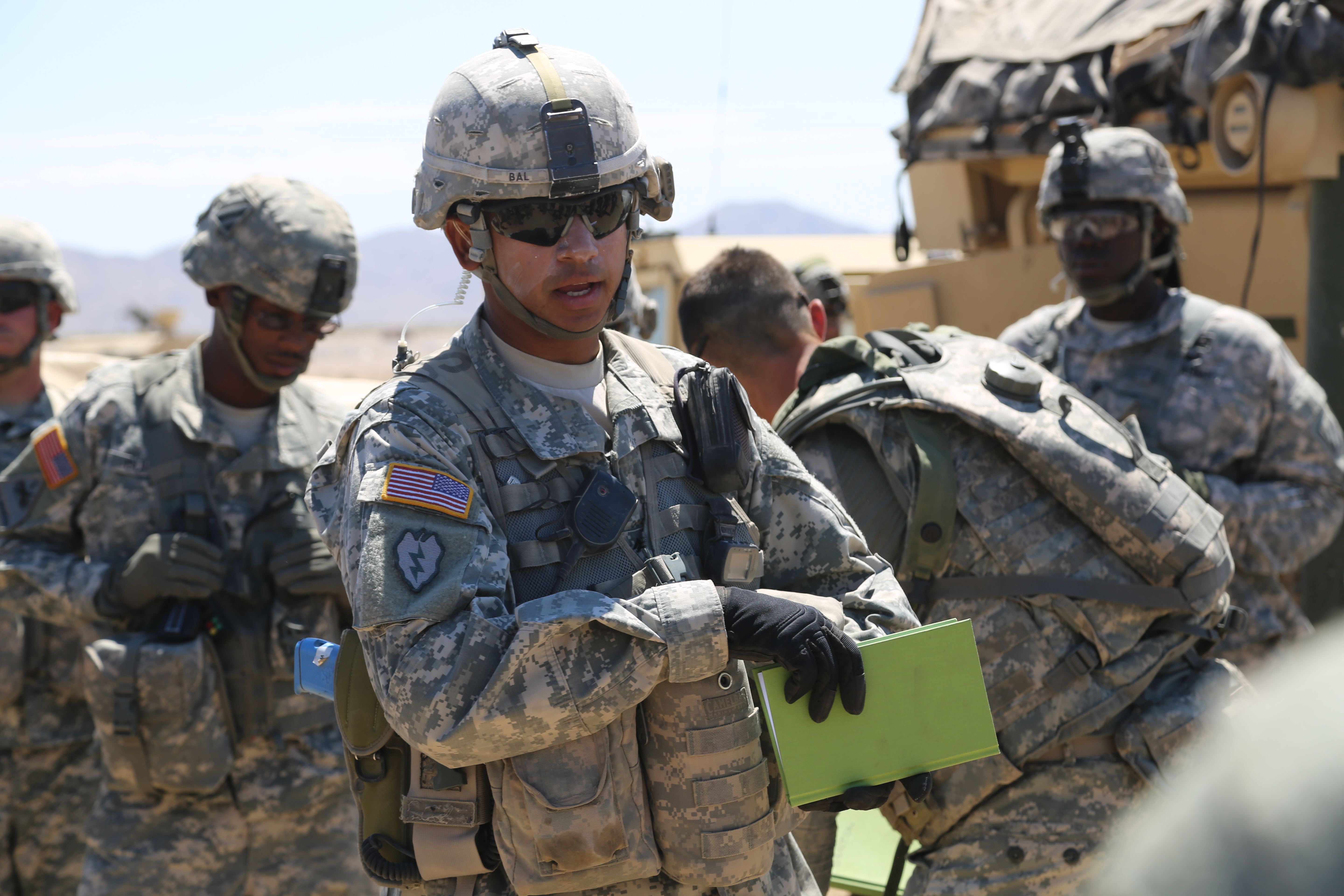
U.S. Army Soldiers from the A Battery, 1st Battalion, 41st Field Artillery, 1st Armored Brigade Combat Team, 3rd Infantry Division, participate in a simulated training exercise involving enemy attacks involving simulated battlefield conditions and injuries during Decisive Action Rotation 14-09 at the National Training Center, Fort Irwin, Calif., Aug. 10, 2014. Decisive action rotations are reflective of the complexities of potential advisories our nation could face and include: guerilla, insurgent, criminal and near-peer conventional forces woven into one dynamic environment. U.S. Army photo by SPC Ashley Marble, Operations Group, National Training Center
Author's Foreword
In August, I found myself in a challenging rotation at the National Training Center (NTC) at Fort Irwin, Calif. Interestingly, this rotation was different from my last rotation. The Army is no longer training the counterinsurgency fight; we are transitioning to a Decisive Action (DA) scenario. Force-on-force is the focus and the King of Battle is back. We will be doing what we do best, keeping the fire. DA was the scenario for this rotation, with direct support assets, brigade assets, division assets, surface Fires, air assets, Air Defense and Electronic Warfare all providing their piece to the fight. The question is, “Who controls this and how do we synchronize it?”
The simple answer is the division artillery (DIVARTY) is back. It has been eight years since the last DIVARTY deactivated and over a decade since a DIVARTY element has been to a combat training center (CTC). Junior leaders across the spectrum have little idea what a DIVARTY is or what a DIVARTY does. A 3rd Infantry Division (ID), brigade combat team (BCT) was deploying to the NTC and we were not going to let the opportunity pass us by. This was our chance to provide a proof of principle to the 3rd ID Fires community, a chance to learn from mistakes, develop standard operating procedures (SOP) and tactics, techniques and procedures (TTP) and lay the foundation for future rotations.
In March 2014, the former U.S. Army Forces Command (FORSCOM) Commander, GEN Allyn, directed in an executive summary (EXSUM), “A stair step approach beginning with current Fires brigades (FiB) scheduled for conversion followed by new DIVARTY organizations then eventually a DIVARTY with FiB in a general support (GS)/general support reinforcing (GSR)/reinforcing role.” The 3rd ID DIVARTY Fire Control Element (FCE) was the first to replicate a DIVARTY augmenting the 1st Armored Brigade Combat Team (ABCT), 3rd ID from Fort Stewart, Ga., during their NTC Rotation 14-09. Our mission was to enhance the realism of the rotational training unit (RTU) training environment and execute a proof of principle on how to integrate a DIVARTY into a unit’s rotation at a CTC.
This article will discuss the preparation of the 3rd ID DIVARTY FCE, how the FCE executed the division’s fire support (FS) during the rotation and the recommendations from lessons learned during the rotation. The preparation building up to the rotation was in two parts, the internal train up and external training conducted with the BCT prior to the rotation. I will go into more detail throughout the article, but the main internal training focuses were digital sustainment training (DST), battle drills and the FCE composition for the rotation; see Figure 1 for a recommended train-up process. The external training focuses were rehearsals, integrating into a BCT’s command-post exercise (CPX) and processes between the BCT and DIVARTY for executing FS or radar support during the rotation, see Figure 6 for the initial process. The two main processes that DIVARTY-developed in preparation for the rotation were the counterfire battle drill, highlighted in Figure 2 and the Request for Assets forms displayed in Figure 4 and Figure 5. The 3rd ID DIVARTY FCE prepared with the division fire support element (FSE) and the 1st ABCT FS. Key points during the execution phase were integrating into the 52nd ID Tactical Operations Center (TOC) at Fort Irwin, Calif., conducting rehearsals with division FSE and 1st ABCT FSE and adjusting the Request for Assets battle drill developed in preparation for this rotation, see Figure 7, updated Request for Assets battle drill. Throughout the training, the 3rd ID DIVARTY FCE captured lessons learned and will share the recommendations in this article. The recommendations will focus on the DIVARTY ‘packages’ to consider when augmenting a rotational unit, the home station training timeline and the battle drills to rehearse prior to a rotation. A DIVARTY element can integrate into a Decisive Action Training Exercise (DATE) at a CTC after considering the preparation for a rotation, the execution and recommendations from this article.
Preparing for a DATE at CTC
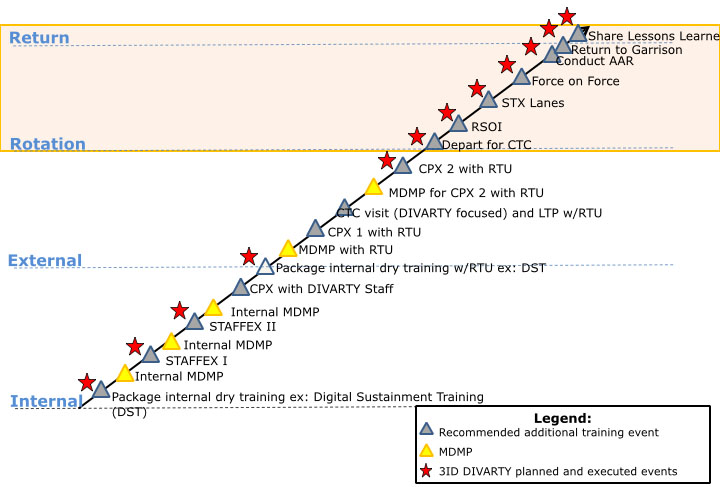
Figure 1. Recommended DIVARTY Road to the NTC
The 3rd ID DIVARTY FCE identified internal training to conduct after reviewing the former FORSCOM Commander’s EXSUM from a previous visit to NTC. The timeline in Figure 1 shows both internal and external training events. The plan was to conduct a series of internal staff exercises (STAFFEX) and CPXs to validate our Advanced Field Artillery Tactical Data System (AFATDS) battle drills and then integrate into 1st ABCTs train-up exercises. The first focus was on internal training that included digital sustainment training, battle drill refinement and rehearsals. It is imperative for the Field Artillery (FA) Branch to get back to the basics, i.e. “Do routine things routinely.”
Digital sustainment training had to be a focus to ensure the FCE trained the trainers and AFATDS operators. Every Soldier and leader in the FCE completed an AFATDS operator course provided by the Fort Stewart, Ga., Mission Training Complex (MTC). This was a good refresher for the leaders and excellent practice for the operators. The MTC instructors focused on troubleshooting techniques and advanced fire mission processing training objectives. The FCE built on that training by developing SOPs and battle drills after completing the AFATDS digital sustainment training. A concern for the FCE was prioritizing fire missions as a higher echelon supporting a BCT during a DATE, i.e. enemy air defense artillery, enemy artillery and enemy logistics patrol. The 3rd ID DIVARTY FCE used FM 3-60, The Targeting Process, to develop the process for prioritizing fire missions based on the high payoff target list (HPTL), priority of Fires, fire support tasks (FSTs), attack guidance matrix (AGM), target selection standards (TSS) and the commander’s guidance. The FCE then conducted internal rehearsals based on the standard provided by FM 3-60. The counterfire officer integrated into the rehearsals to add realism to the training. The TTPs developed for rehearsing battle drills were to get the key leaders in a conference room to go through the steps of a fire mission. The FCE, counterfire section, battle captain and Air Defense airspace management (ADAM)/brigade aviation element (BAE) attended the rehearsals. The purpose was to provide a deliberate process using DIVARTY-developed battle drills so that each leader would state aloud what each section’s responsibilities were. The staff repeatedly conducted these dry-fire rehearsals, which created a shared understanding among the staff.
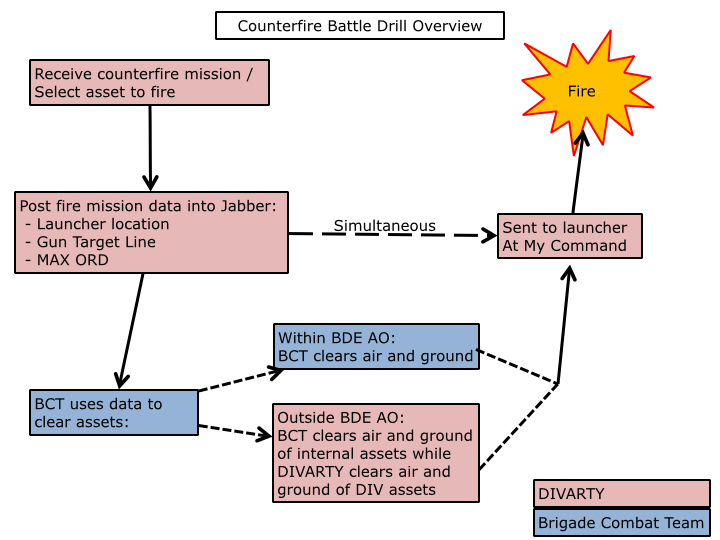
Figure 2. Final PACE Pland and Request for Fire Battle Drill
The counterfire cell is vital to a DATE scenario. Providing responsive Fires to the subordinate unit would no doubt be a priority. The FCE identified perfecting battle drills and linking the sensor to shooter as a critical system prior to the rotation. The FCE discussed how to decrease the time from target acquired to mission fired. The first step was to cut out any unnecessary steps, see Figure 2. To do this, the FCE had the subordinate battalion send counterfire missions directly to the FCE through AFATDS. The FCE identified that the direct support (DS) FA battalion would conduct all counterfire that they could support within their range. DIVARTY Multiple Launch Rocket System (MLRS) would cover counterfire while the DS FA battalion was in a critical moment on the battlefield, i.e. suppress, obscure, secure, reduce and assault (SOSRA) or Field Artillery scattered munitions (FASCAM). The notional GSR MLRS battalion would also coordinate Fires in support of the BCT’s operations if the BCT requested assets prior to the operation. Additionally, the FCE assigned a launcher to assist any counterfire missions that were beyond the BCTs range, or outside of their fire support coordination line (FSCL). This proved to be an important TTP because it clarified who was responsible for providing what FA support. The FCE reduced the time from acquired to fired to under four minutes by the end of the NTC rotation.
The FCE accomplished this by using simultaneity and limiting the steps to as few as were necessary, see Figure 2 for counterfire battle drill. The FCE received the mission in the AFATDS and selected the launcher to fire. The operator posted in Jabber the launcher location, gun target line (GTL) and maximum ordinate (MAX ORD). The BCT used this information along with the target location to clear air within their boundaries. If the target fell outside of the brigade’s area of operations, then the FCE would clear air through the division while the BCT cleared internal air. Simultaneously the battle captain’s would clear the ground of maneuver forces. As the mission was processed, the FCE chief sent all pertinent information to the launchers “At my command.” As soon as the air and ground cleared, the FCE executed the counterfire mission.
This process became second nature to the FCE, but each counterfire brought new challenges as the exercise continued. A critical lesson learned was prioritizing multiple fire missions received at one time. The 3rd ID DIVARTY TTP for this was to evaluate the HPTL/AGM/TSS, available assets and the commander’s guidance. Another valuable TTP used by the DIVARTY was for the counterfire cell to assign fire missions to the FCE for simultaneous processing, or assign counterfire missions to the next higher echelon for prosecution, but prioritization is always the first step in this battle drill.
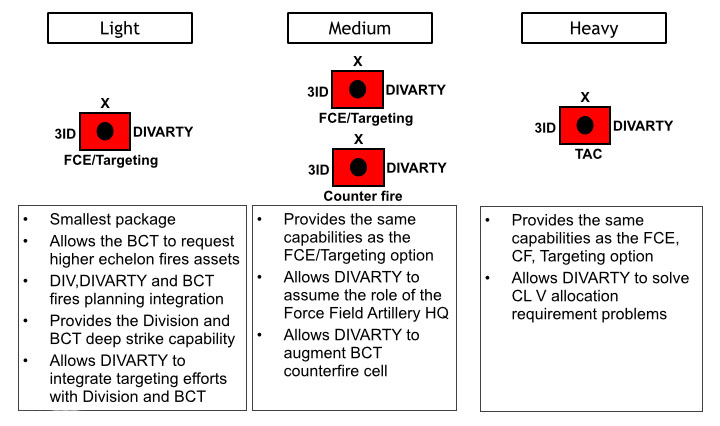
Figure 3. Integrating DIVARTY into a CTC Rotation
The initial DIVARTY FCE package, see Figure 3, had the fire control officer (FCO), fire control noncommissioned officer in charge (FCNCOIC), two NCO 13D chiefs and four AFATDS operators. Additionally, the FCE was supplemented with a 35F Intelligence Analyst and a 13F Forward Observer to replicate a targeting cell to assist the NTC G2 staff with developing the deep attack for DIVARTY shaping Fires. This article will discuss different sized DIVARTY composition packages later on, but consider the 3rd ID DIVARTY augmentation a ‘light package.’
| Fires | Lines 1-7 Required | |
|---|---|---|
| Line 1 | Requesting Unit | |
| Line 2 | Target Number | |
| Line 3 | Target Location | Elevation and Geographic Coordinates |
| Line 4 | Target Description | |
| Line 5 | Desired Effects | Destroy, Neutralize, Suppress |
| Line 6 | Special Munitions | |
| Line 7 | Effective Time/Duration | |
| Line 8 | Collateral Concerns | Yes or No |
| Line 9 | Coordination Instructions | |
| TLWS - Reason for Fires-Fire | ||
Figure 4. Request for Fires Table
| Radar | Lines 1-5 Required | |
|---|---|---|
| Line 1 | Requesting Unit | |
| Line 2 | Zones to be Covered | |
| Line 3 | Effective Time and Duration | |
| Line 4 | Reason (Radar Down, etc.) | |
| Line 5 | Coordinating Instructions | |
| Line 6 | Radar Zones Coordinates (Preplanned only) |
Figure 5. Request for Radar Table
Internal training was successful, the FCE composition was set for the rotation and then it became time to integrate into an external organization to prepare for the CTC rotation. The DIVARTY FCE scheduled a series of In-Progress Reviews (IPR) between the division FSE and 1st ABCT FSE to develop Request for Assets form templates, see Figure 4 and Figure 5 and a primary, alternate, contingency, emergency (PACE) communications plan, see Figure 6 below. This was important because it developed how these separate entities would interact with each other to coordinate, synchronize and execute FA support across the division. The DIVARTY FCE established a GSR battery of MLRS in support of the upcoming rotation. The FCE assumed that the division commander would delegate counterfire authority to the DIVARTY commander, but identified the need to develop a standard for how the subordinate unit would request assets from DIVARTY. The goal of the Request for Assets templates, see Figure 4 and Figure 5, was to establish a line request format that would be universal across all mediums Blue Force Tracker (BFT), Jabber Chat and AFATDS text. The PACE plan, Figure 6, was a good TTP because it used local area network (LAN) as the primary, but broke that down by Mission Command Systems (MCS) within that network (AFATDS, CPOF , Jabber Chat, etc.). The more detail put into the PACE plan, the more helpful it becomes during execution. The alternate communications platform was Blue Force Tracker (BFT), followed by FM radio as the contingency and tactical satellite (TACSAT) as the emergency. This ensures that if LAN become unavailable, FM radio would be a viable option as a contingency plan. The FCE and 1st ABCT FSE adjusted the request for asset battle drill and finalized it during the IPRs, see Figure 7. The Request for Assets process led to how DIVARTY delivered FA support.
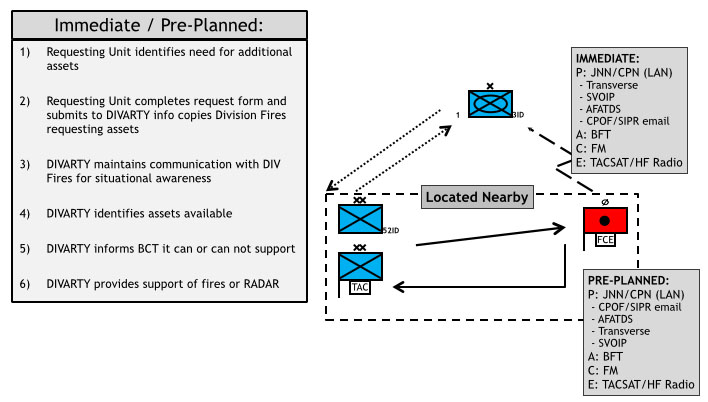
Figure 6. Initial PACE Plan and Request for Fire Battle Drill
The IPRs proved useful and rehearsals allowed DIVARTY to prepare for the 1st ABCT CPX. Integrating with a BCT that already completed initial planning for their rotational operation proved difficult. The lack of integration left the FCE as a backstop, or an afterthought, during implementation into the rotation. This was somewhat mitigated by joining the BCT during their CPX. Requests for assets from a higher echelon enabled the BCT to plan for gaps in capabilities in the its plan. The FCE maximized training opportunities during the CPX by validating internal battle drills for fire mission processing, counterfire and coordinating discussions with the brigade counterfire and FSE personnel. This proved to be important for both units in developing the role that DIVARTY would play. Additionally, both units developed training objectives to add realism to the rotational unit while continuing to develop and validate DIVARTY SOPs.
One of the challenges during 1st ABCT’s CPX was executing FA support. The DIVARTY FCE could have rehearsed more during the planning phase of the CPX with the 1st ABCT FSE. The DIVARTY FCE needs to ensure technical Fires rehearsals take place to coordinate, synchronize and execute FA support during the operation. The way ahead is for the DIVARTY FCE to integrate early and often to develop a mutual understanding of how to coordinate and synchronize FA support.
The DIVARTY FCE completed internal and external coordination with 1st ABCT then called the NTC for coordination. The DIVARTY contacted the 52nd ID, Warrior Team, to develop how the FCE would integrate into the division’s operation. The FCE coordinated with the Warrior Team at Fort Irwin, Calif., for workspace in the division Tactical Operations Center (DTOC) and integrate into the rotation. The Warrior Team was extremely helpful in enabling the FCE to integrate with the NTC staff through several teleconferences that refined the details of how the integration of DIVARTY would look. Integration is important to develop and meet training objectives together leading into the execution of a mission.
Executing a DATE at a CTC
The planning phase was complete and the time came to travel to the NTC at Fort Irwin, Calif. Reception, staging, onward movement and integration (RSOI) is a good opportunity to finalize coordination before the force-on-force portion of the rotation begins. The DIVARTY FCE established a working area inside the 52nd ID’s DTOC . The FCE was able to operate a Command Post of the Future (CPOF), an AFATDS and an effects management tool (EMT) within the workspace provided. The CPOF provided a digital description of the common operating picture (COP) and a medium for Jabber Chat windows. The DIVARTY FCE monitored the division Fires chat, the 1st ABCT Fires chat, the brigade Aviation officer (BAO) liaison chat and the 1st ABCT operations and intelligence (O&I) chat. This enabled the 3rd ID DIVARTY to monitor division and brigade Fires information, division air clearance information and 1st ABCT ground clearance information. The FCE opened lines of communication with 1st ABCT FSE and the 3rd ID DTAC during RSOI after establishing a workspace on the DTOC floor.
The next focus was on how DIVARTY would enable the division commander’s maneuver concept by shaping the battlefield. The Warrior Team battle captain developed a targeting working group that involved the DIVARTY FCE, the division FSE/Electronic Warfare (EW)/ADAM/BAE and the division G2. These sections worked together to develop a Fires plan that would provide deep Fires based on the enemy’s most likely course of action. This allowed the DIVARTY to meet training objectives by providing FA support, without eliminating the entire simulated enemy that the rotational unit would be training against. Lines of communication were open and the targeting working group developed a Fires plan, so the focus shifted to rehearsals.
Rehearsals were the priority once lines of communication were open with 1st ABCT and the 3rd ID DTAC. The 3rd ID DIVARTY FCE developed a rehearsal timeline with the BCT during RSOI . The FCE established rehearsal dates prior to the rotation, but did not establish a time because of the uncertainty of the battle rhythm once units were on ground at the training center. This did not go as well as planned because rehearsals continuously pushed further and further to the right, losing valuable opportunities to rehearse with the rotational unit. Future DIVARTY elements must provide technical rehearsal timelines and have them published in an order to ensure the rehearsals happen in a timely manner. Eventually, the FCE, 1st ABCT FSE and division FSE completed technical Fires rehearsals. The rehearsals focused on the execution of FA support, counterfire and clearance of air procedures.
RSOI ended, rehearsals were complete, DIVARTY shaped the battlefield with deep Fires and then the DATE began for 1st ABCT. The 1st ABCT submitted the Request for Assets form for pre-planned targets. The goal of the Request for Assets form was for it to be a contract between the requesting unit and DIVARTY allocating assets. The request for asset form shown in Figure 4 and Figure 5 worked well and the FCE liked that it was more descriptive than the traditional Target List Work Sheet (TLWS). The 1st ABCT was able to complete the form throughout the DATE, which enabled the FCE to allocate ammunition and firing unit assets, to deliver Fires that met the ground commander’s intent. The 3rd ID DIVARTY FCE will continue to develop the request form to decide if it is the way ahead for subordinate units requesting FA assets within the 3rd ID.
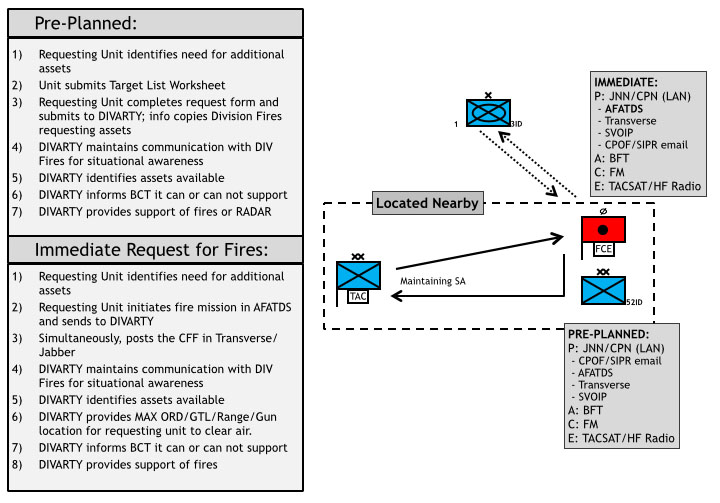
Figure 7. Final PACE Plan and Request for Fire Battle Drill
Once the force-on-force began, deep Fires in support of shaping operations continued throughout the exercise, but the majority of the fire missions processed by the DIVARTY FCE were counterfire missions forwarded from 1st ABCT. The quantity of missions increased with each day, which provided an excellent opportunity to validate the DIVARTY counterfire battle drills, see Figure 2, during a training exercise. Continuous refinement of battle drills and rehearsals, in preparation for the rotation, clearly paid off as fire mission processing times steadily dropped throughout the exercise. AFATDS operators and FCE chiefs were prioritizing up to 10 fire missions per hour with little guidance from the FCO or NCOIC because of the emphasis on getting back to the basics and doing routine things routinely. One big change was made to the PACE plan within the first day or two of force-on-force. The FCE realized that the request for pre-planned Fires versus immediate Fires was different and that the primary medium for immediate fire missions needed to be AFATDS to lessen fire mission processing time, see Figure 7 for the final PACE plan.
Recommendations for Future DIVARTY Elements
To meet the former FORSCOM commander’s intent that DIVARTY elements will integrate into CTC rotations with BCTs, beginning May 2015, FiB’s that are converting to DIVARTY and future DIVARTY elements should seek opportunities between now and then to execute training exercises. This article previously mentioned a FCE (+) light package, see Figure 3. The plus was the addition of a targeting cell to the FCE. The light package added realism to the training by allowing the BCT to request assets from a higher echelon and offering the division the deep strike capability. The light package also enables DIVARTY FCE, division FSE and BCT FSE the ability to integrate FA support across multiple echelons.
The next step, in the stair step approach, is for a medium DIVARTY element package to augment a CTC rotation. The recommendation for a medium package is the same personnel as the light package, with the addition of a counterfire section. The medium package offers all of the same capabilities as the light package, but allows DIVARTY to assume the role as force FA headquarters, while the targeting cell integrates the targeting effort with the division and BCT.
The last step, in the stair step approach, is for a large DIVARTY element package to augment a CTC rotation. The large package would offer everything that the medium package offers, but go one step forward with a DIVARTY DTAC. The large DTAC package would add a sustainment cell, adding realism to the DIVARTY exercise by allowing the DIVARTY to solve the Class V allocation problem. This gets back to the core of a DIVARTY and allows for the best training scenario for all echelons at a CTC. Once a unit selects a DIVARTY composition package, the next step is to deliberately construct the training timeline building up to a CTC rotation.
The 3rd ID DIVARTY training timeline shown in Figure 1, is broken down into phases: internal training, external training, the rotation and the return from rotation. The alternating of Military Decision Making Process (MDMP) with STAFFEXs and CPXs worked well for the DIVARTY timeline. The progression from internal training to external training brought DIVARTY together with the rotational unit after DIVARTY built up to an internal CPX. This progression worked well because the FCE went from one CPX to a similar CPX with an external unit added. The FCE essentially completed the same style operation, but added an extra element to coordinate with for mission processing. One month prior to the rotation, key leaders of the rotational unit attend the Leader’s Training Program (LTP). The DIVARTY leaders were not able to attend this opportunity, but as DIVARTY moves towards integrating into CTC rotations, units will be better prepared if they attend. LTP is extremely valuable because it offers leaders the initial planning guidance to initiate MDMP. It also allows leaders to conduct reconnaissance of the training area prior to the rotation. Finally, including the after action review (AAR) in the training timeline, was an important TTP for the DIVARTY element. This piece ensures leaders take the opportunity to capture lessons learned and then share those lessons learned with other organizations. Once the DIVARTY has designed a package for a rotation and developed a training timeline, it is time to focus on critical processes to train on, prior to the rotation.
The 3rd ID DIVARTY identified requesting assets from a higher echelon, fire mission processing and counterfire battle drills as critical processes necessary to train toward a CTC rotation. The Request for Assets Process is vital because both echelons must coordinate and synchronize directly ensuring that assets are available when they are most critical. DIVARTY elements must ensure the process is clear and concise and that all units understand the process and include rehearsals in the training timeline to drill on the process of a lower echelon requesting higher assets.
Utilizing systems, such as the MTC, are valuable to a unit’s digital sustainment training. The MTC can tailor training courses to meet the needs of the unit conducting the training. For instance, if the training unit is more experienced, the instructors will provide a more robust curriculum if coordinated ahead of time. The upside to this type of training is that training setup time is minimal; the downside is, the unit does not exercise all aspects of establishing mission command systems when simply plugging in to a hard lined network. I recommend taking a stair step approach, beginning at the MTC, then building up to establishing a TAC. The crawl, walk, run approach allows a unit to identify the training most needed to move forward.
The 3rd ID DIVARTY focused on digital sustainment in two ways: maintaining Fire Support Coordination Measures (FSCM) and maintaining the AFATDS. Maintaining FSCM is a common problem across FA units. There were more than 130 no-fire areas (NFA) and restrictive-fire area (RFA) in the AFATDS database during the rotation, but only 30 or so were in use. This is problematic because it can diminish the mission command system, but more importantly, it delays fire mission processing times by trying to shoot into an NFA that is no longer relevant. The important lesson to take away from this is to input end times on NFAs/RFAs if that information is available. If not, develop into the SOP a regular time, in the unit’s battle rhythm, where operators can identify FSCMs that are no longer necessary and purge that data. The more frequent the better.
Maintaining an AFATDS, at the operator level, preventative maintenance checks and services (PMCS) is not common and creates hardware issues that are avoidable. At a minimum, operator maintenance should include wiping the system clean, spraying the air vents and all ports with canned air. Another common problem that should be addressed is that every door which covers the hard drive and battery pack tend to be missing. Units can order these, but it is better to ensure operators carefully pack away and take out their AFATDS to maintain these safety features. Another good TTP is that all future DIVARTYs should develop a plan to have a quarterly or semi-annual field-service representative (FSR), maintenance schedule of all AFATDS and EMTs.
The Next DATE with DIVARTY
This was an exceptional training opportunity for the 3rd ID DIVARTY FCE to provide a proof of principle to the 3rd ID FA community. The 3rd ID DIVARTY will seize the next opportunity at Joint Readiness Training Center (JRTC) in support of 4th Infantry BCT, 3rd ID rotation 15-08 in 2015. Future DIVARTYs at CTCs must prepare for integration into a rotation by conducting digital sustainment training, rehearsing critical processes and mastering battle drills, internally and externally, to successfully incorporate a BCT and DIVARTY element into a CTC rotation. The more emphasis that is placed on getting back to the basics in preparation, the higher the probability the DIVARTY element will successfully integrate into the execution of a rotation. Rehearsals throughout the rotation will enable the BCT and DIVARTY to become cohesive for the rotation. A future DIVARTY can successfully provide realism to a BCT’s rotation, to a CTC, if DIVARTY does the routine things routinely.